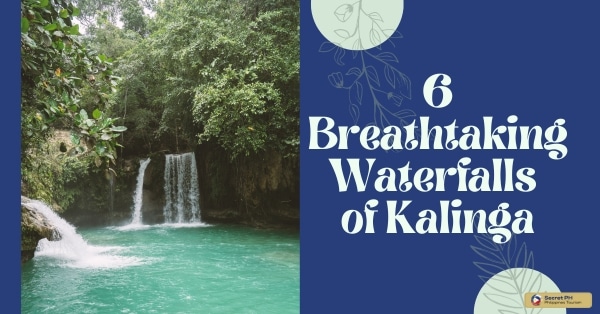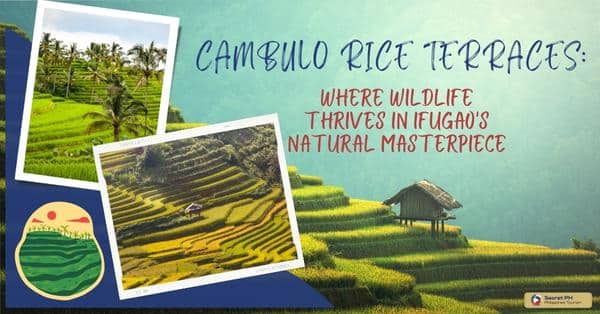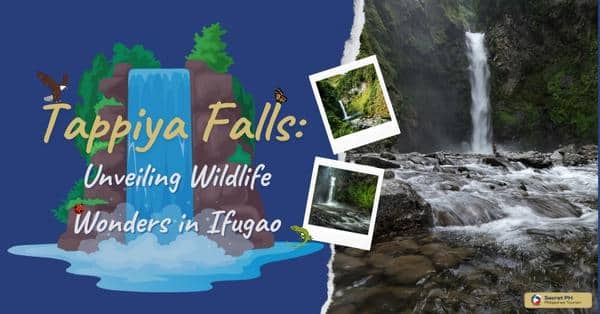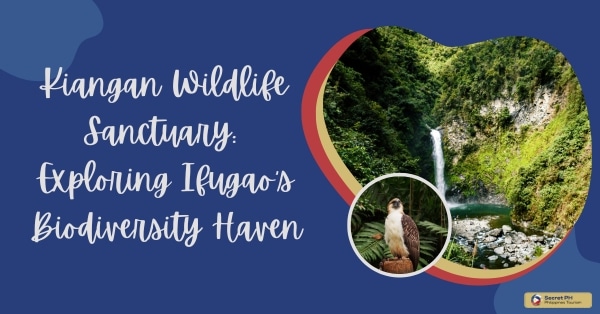Mount Banahaw-San Cristobal National Park in the Philippines is a biodiversity hotspot with over 500 plant and animal species, including endemic and rare species. Human activities and habitat destruction threaten the survival of these species, such as the Banahaw tree and the Philippine eagle. Conservation efforts are crucial to protect the park’s biodiversity and ensure the survival of these species.
This article will explore the importance of these species, as well as their threats and current conservation efforts in order to protect them for future generations. Additionally, it will discuss possible future outlooks for these species in the park.
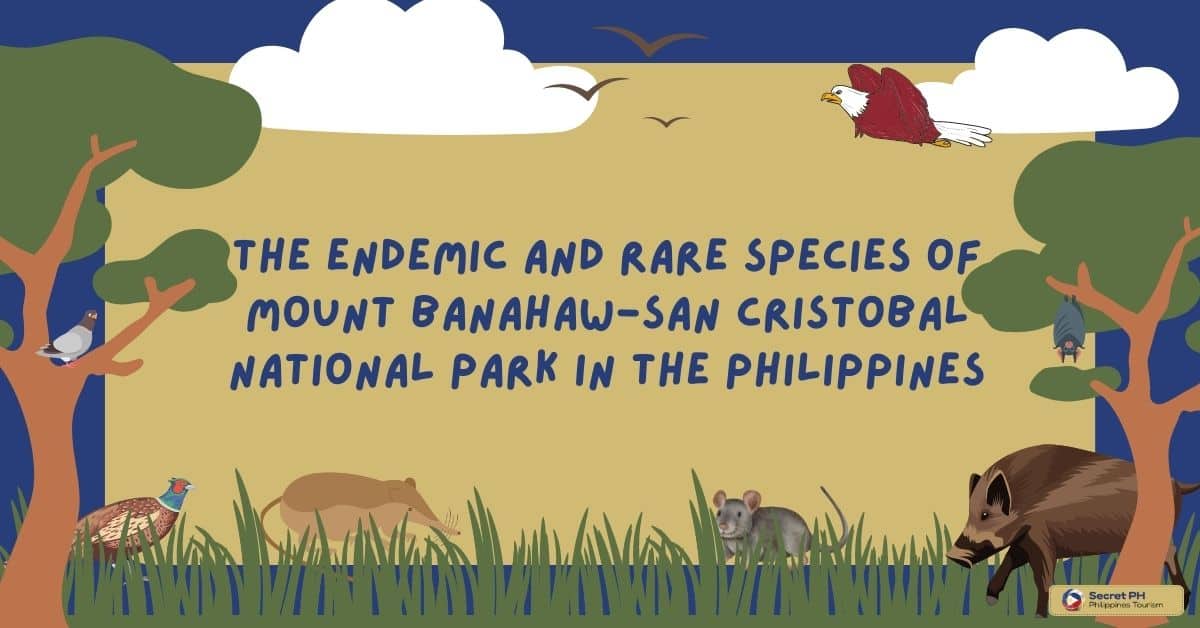
The Importance of Endemic and Rare Species in the Park
Endemic and rare species play a vital role in maintaining the balance of the ecosystem in Mount Banahaw-San Cristobal National Park. These species are often unique and adapted to the specific conditions of the park’s environment. As a result, their loss could have significant ecological consequences, including the disruption of food chains and the degradation of habitat quality.
The endemic and rare species in Mount Banahaw-San Cristobal National Park have important cultural and economic significance. They are often valued for their aesthetic appeal and are popular among ecotourists. Additionally, these species contribute to the park’s traditional knowledge and cultural heritage, and their loss would have implications for local communities that rely on them for medicinal and other purposes.
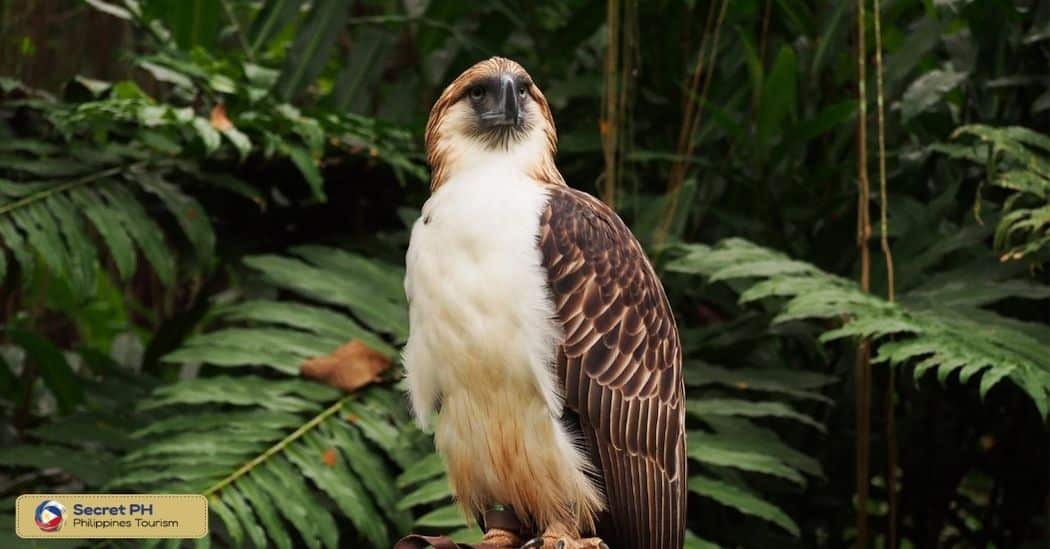
Endemic Species of Mount Banahaw-San Cristobal National Park
Mount Banahaw-San Cristobal National Park in the Philippines is home to a diverse range of endemic species. Which are species that are found only in a particular geographic location.
The park’s unique environment and isolation have led to the evolution of many endemic species that cannot be found anywhere else in the world. In this section, we will explore some of the notable endemic species that call Mount Banahaw-San Cristobal National Park their home.
Banahaw tree: The Banahaw tree (Polyscias nodosa) is a tall tree species that is endemic to the Philippines. It is commonly found in the forests of Mount Banahaw-San Cristobal National Park and is an important part of the park’s ecosystem. The Banahaw tree is a source of food and habitat for many animals, including birds and insects.
Banahaw peacock-pheasant: The Banahaw peacock-pheasant (Polyplectron katsumatae) is a beautiful bird species that is endemic to the Philippines. It is one of the most sought-after bird species by birdwatchers and nature enthusiasts.
Philippine pygmy fruit bat: The Philippine pygmy fruit bat (Haplonycteris fischeri) is a small bat species that is endemic to the Philippines. It is one of the smallest bat species in the world and is primarily found in the forests of Mount Banahaw-San Cristobal National Park.
San Cristobal shrew-mouse: The San Cristobal shrew-mouse (Archboldomys luzonensis) is a rodent species that is endemic to the Philippines. It is primarily found in the forests of Mount Banahaw-San Cristobal National Park, where it feeds on insects and other small animals.
Luzon cloud rat: The Luzon cloud rat (Phloeomys pallidus) is a large rodent species that is endemic to the Philippines. It is primarily found in the forests of Mount Banahaw-San Cristobal National Park, where it feeds on fruits, seeds, and insects.
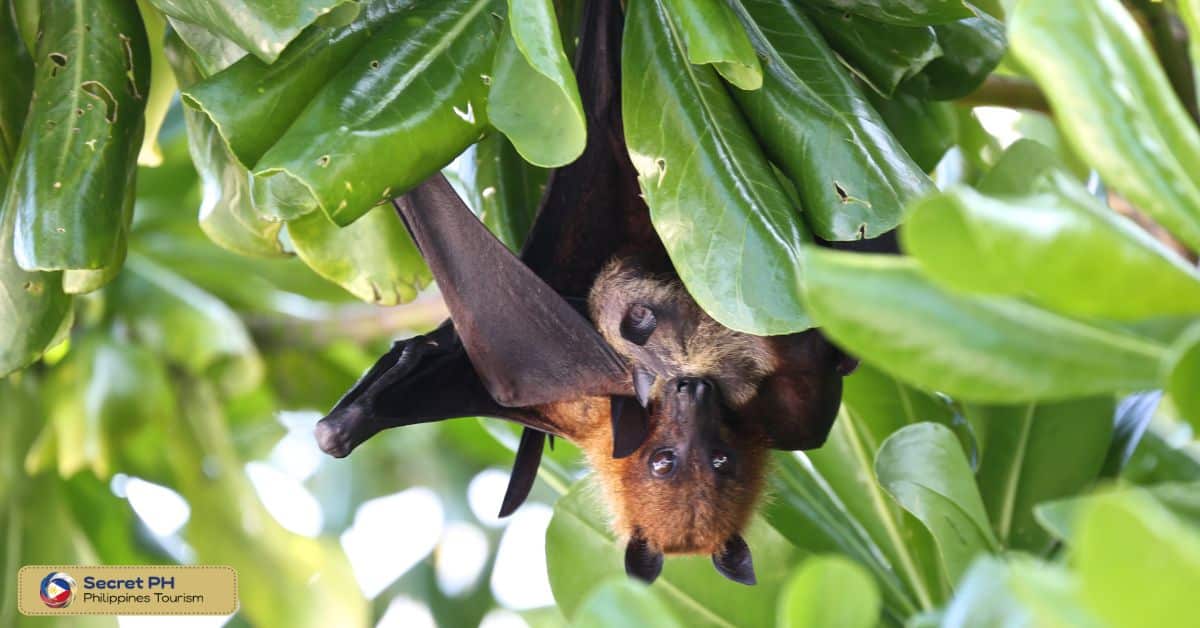
Rare Species of Mount Banahaw-San Cristobal National Park
Mount Banahaw-San Cristobal National Park in the Philippines is not only home to many endemic species but also rare species that are found only in a few locations in the world. These species are often threatened with extinction due to human activities and habitat destruction. In this section, we will explore some of the notable rare species that call Mount Banahaw-San Cristobal National Park their home.
Philippine eagle: The Philippine eagle (Pithecophaga jefferyi) is a majestic bird species that is endemic to the Philippines. It is one of the rarest and most endangered eagle species in the world, with only an estimated 400 pairs remaining in the wild.
Luzon bleeding-heart pigeon: The Luzon bleeding-heart pigeon (Gallicolumba luzonica) is a beautiful bird species that is endemic to the Philippines. It is named after the distinctive red spot on its chest, which resembles a bleeding wound.
Philippine warty pig: The Philippine warty pig (Sus philippensis) is a wild pig species that is endemic to the Philippines. It is characterized by its distinctive warts on the face and its long snout.
Mindoro imperial pigeon: The Mindoro imperial pigeon (Ducula mindorensis) is a large bird species that is endemic to the Philippines. It is primarily found in the forests of Mount Banahaw-San Cristobal National Park, where it feeds on fruits, seeds, and insects.
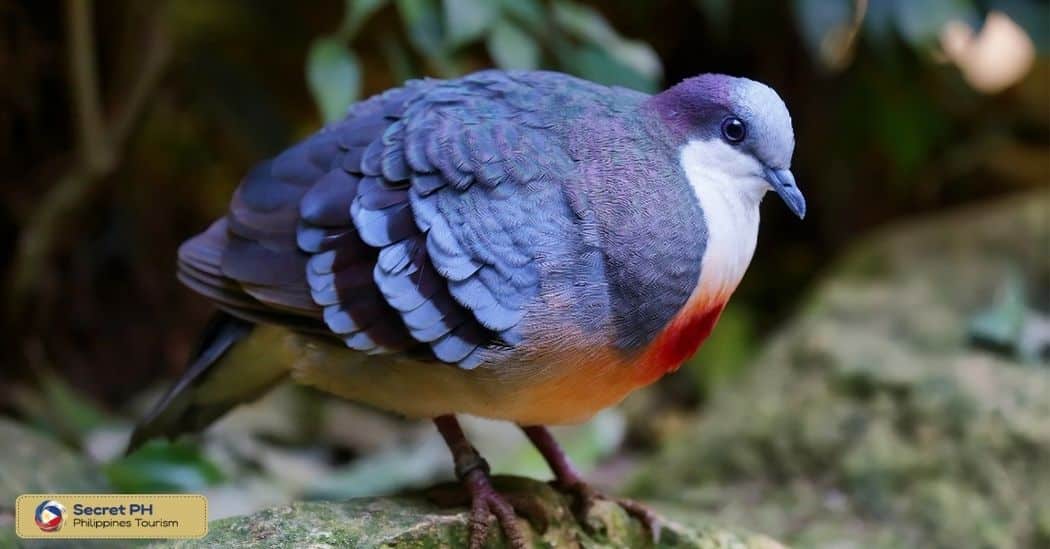
Threats to Endemic and Rare Species in the Park
Mount Banahaw-San Cristobal National Park’s endemic and rare species are facing numerous threats that are putting their survival at risk. In this section, we will explore some of the significant threats facing the endemic and rare species of Mount Banahaw-San Cristobal National Park.
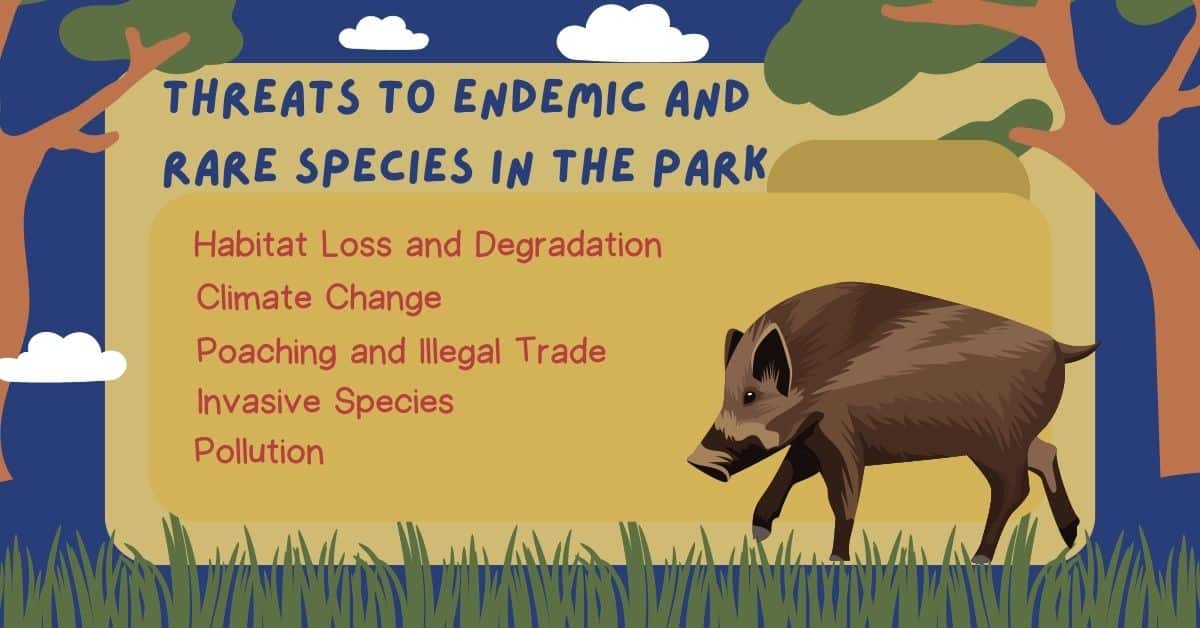
Habitat Loss and Degradation
One of the main threats to endemic and rare species in Mount Banahaw-San Cristobal National Park is habitat loss and degradation. This is primarily caused by human activities such as deforestation, land conversion, and illegal logging. These activities destroy the natural habitat of the park’s flora and fauna, disrupting the balance of the ecosystem and putting the survival of these species at risk.
Climate Change
Climate change is another major threat to endemic and rare species in the park. As temperatures rise and rainfall patterns shift, the natural habitats of these species may become unsuitable for their survival. This could lead to a decline in their population and eventual extinction.
Poaching and Illegal Trade
Poaching and illegal trade of endangered species is a significant threat that affects many national parks worldwide, and it’s no exception in Mount Banahaw-San Cristobal National Park. This illegal activity puts many species in danger, including those that are already endangered, and contributes to the decline in their population.
Invasive Species
Invasive species are non-native species that are introduced to an ecosystem, which can cause harm to the native species. In Mount Banahaw-San Cristobal National Park, the introduction of invasive species such as the Tamarisk tree and the giant African snail poses a significant threat to the endemic and rare species.
Pollution
Pollution is another significant threat to the endemic and rare species of the park. Industrial and agricultural pollution can contaminate the water and soil, affecting the health of the species that depend on these resources. Air pollution can also have a negative impact on the health of the park’s ecosystem, leading to declines in population size and increased susceptibility to diseases.

Conservation Efforts for Endemic and Rare Species
The endemic and rare species of Mount Banahaw-San Cristobal National Park in the Philippines face numerous threats that put their survival at risk. In response, various conservation efforts have been put in place to protect and conserve these species. In this section, we will explore some of the conservation efforts that have been implemented to protect the endemic and rare species of Mount Banahaw-San Cristobal National Park.
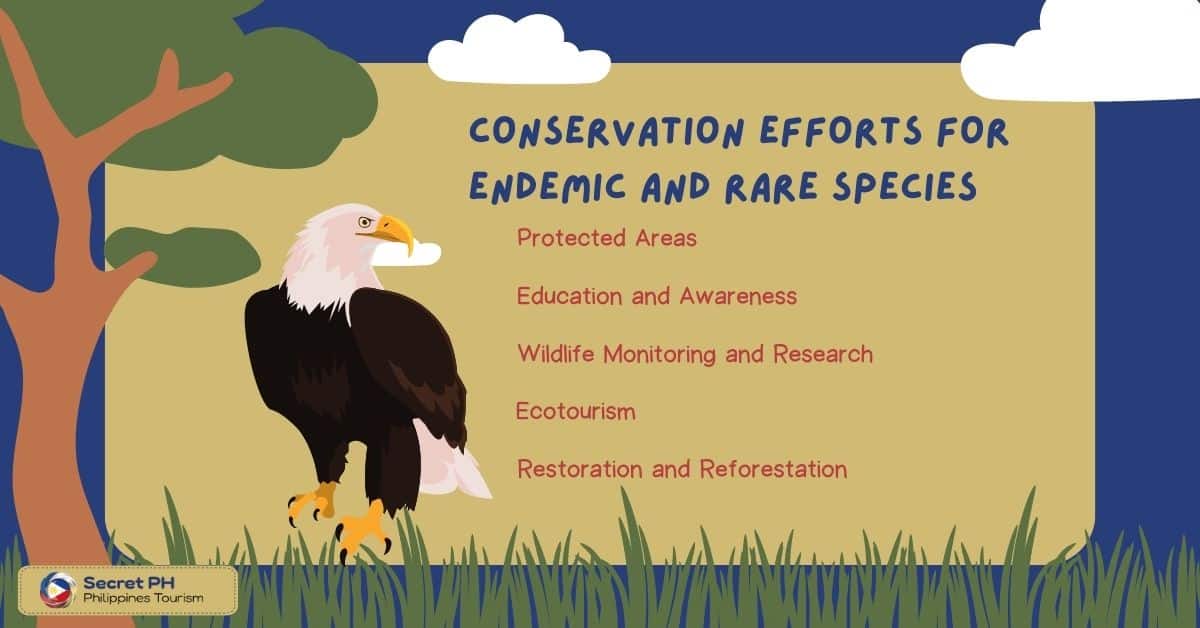
Protected Areas
One of the most critical conservation efforts in Mount Banahaw-San Cristobal National Park is the establishment of protected areas. These protected areas provide a safe haven for endemic and rare species by limiting human activities that could negatively impact their habitats. The park has designated zones that are off-limits to human activities such as hunting, logging, and mining.
Education and Awareness
Education and awareness programs are also crucial in the conservation of the endemic and rare species of Mount Banahaw-San Cristobal National Park. Local communities, visitors, and stakeholders need to understand the importance of protecting these species and their habitats. Educational programs that promote conservation, environmental awareness, and sustainable livelihoods are vital in encouraging local communities to support conservation efforts.
Wildlife Monitoring and Research
Regular monitoring and research are essential in understanding the population dynamics, distribution, and behavior of the endemic and rare species in the park. Through wildlife monitoring and research, conservationists can identify potential threats and implement appropriate measures to mitigate them. This information is also useful in developing conservation strategies that are tailored to the specific needs of the species.
Ecotourism
Ecotourism can provide economic benefits to local communities while promoting conservation efforts. Mount Banahaw-San Cristobal National Park has numerous trails and camping sites that attract tourists interested in nature-based activities. These ecotourism activities can provide economic benefits to local communities while promoting conservation efforts.
Restoration and Reforestation
Habitat restoration and reforestation are critical in protecting the endemic and rare species of Mount Banahaw-San Cristobal National Park. These efforts involve planting native tree species and restoring degraded habitats to improve the quality of the ecosystem. Restoration and reforestation efforts can provide additional habitat for the species and help to mitigate the effects of habitat loss and degradation.
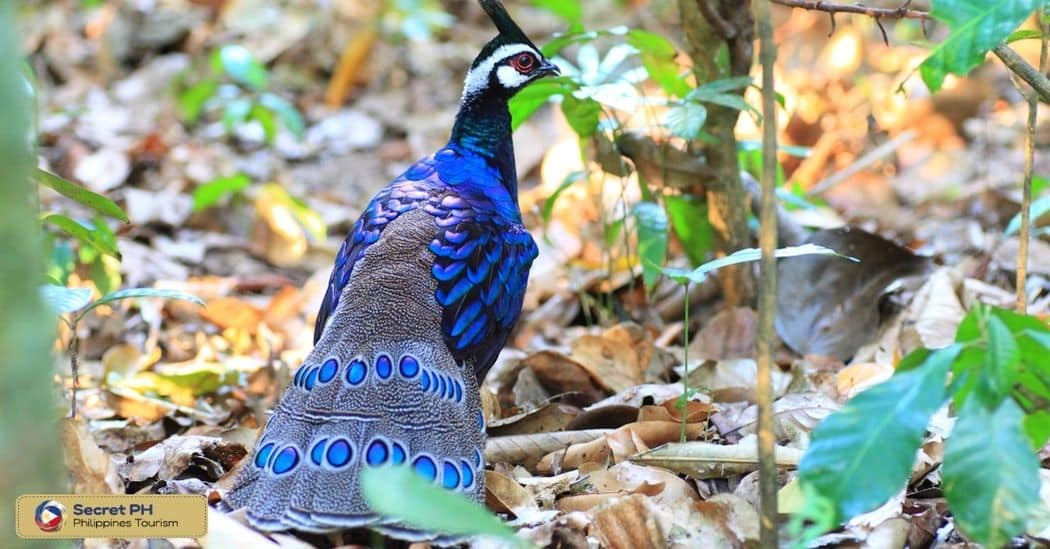
Future Outlook for Endemic and Rare Species in the Park
The future outlook for the endemic and rare species of Mount Banahaw-San Cristobal National Park remains uncertain. While numerous conservation efforts are in place, the threats to these species are persistent and ongoing. The continued destruction and degradation of their habitats, illegal hunting and poaching, and the impacts of climate change all pose significant challenges to the survival of these species.
However, there is hope that with continued efforts and improved conservation measures, these species can be protected and conserved for future generations. The education and awareness programs, regular monitoring and research, and habitat restoration and reforestation efforts provide a foundation for conservation efforts. Continued support and investment in these efforts, along with the involvement of local communities and stakeholders, will be crucial in ensuring the long-term survival of the endemic and rare species of Mount Banahaw-San Cristobal National Park.
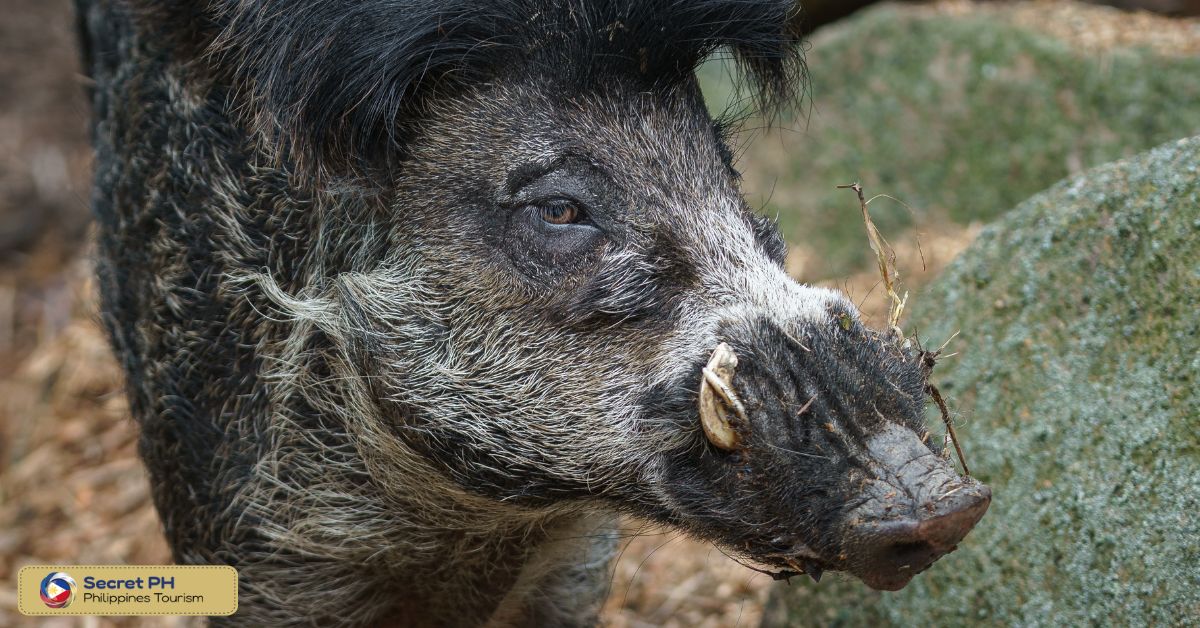
In conclusion
Mount Banahaw-San Cristobal National Park in the Philippines is home to many endemic and rare species that are facing numerous threats. Conservation efforts have been implemented to protect these species, such as the establishment of protected areas, educational and awareness programs, wildlife monitoring and research, ecotourism activities, and habitat restoration and reforestation efforts. With continued support and investment, these species can be safeguarded for future generations to enjoy.




